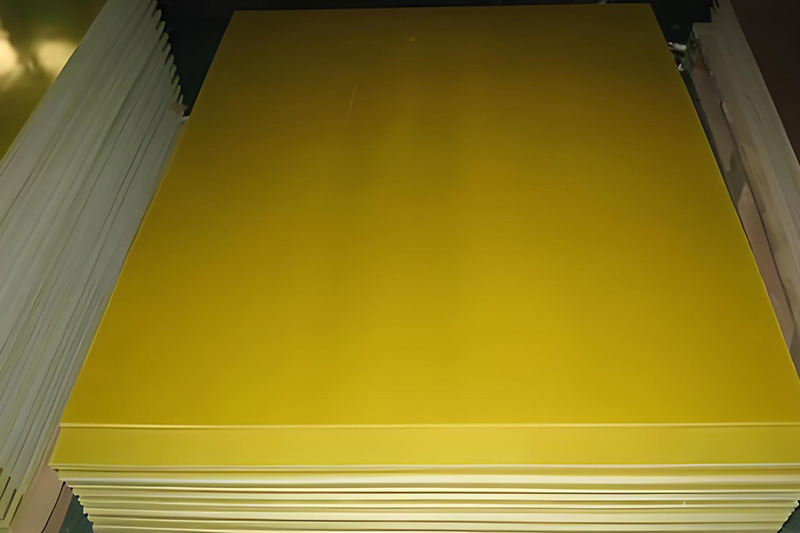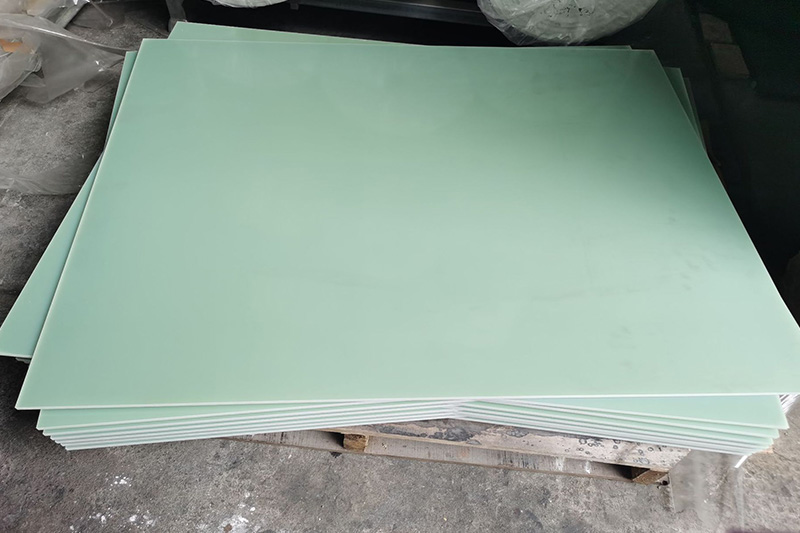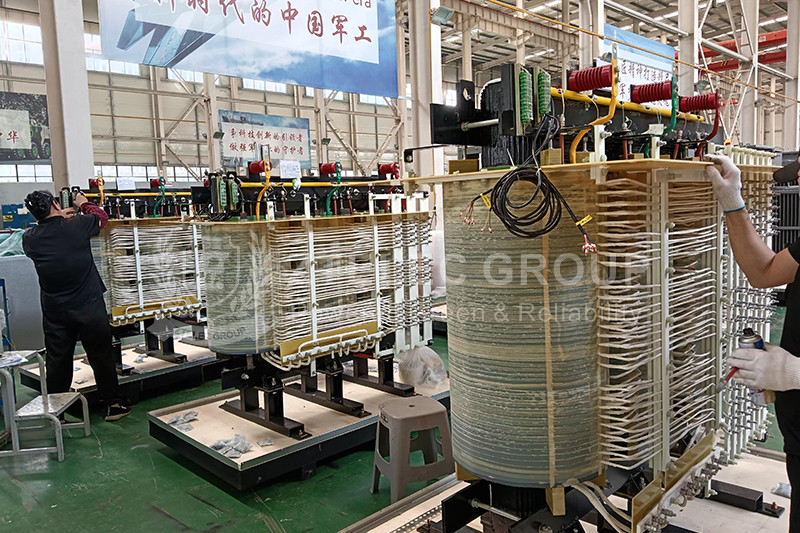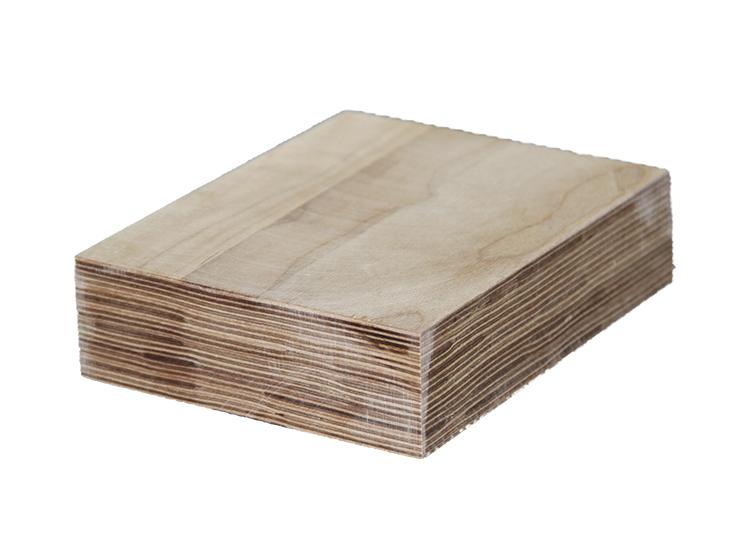G10 Epoxy Sheet Price Guide 2025: Cost per Sheet, Size and Thickness
As a typical representative of high-performance composite materials, G10 epoxy sheet is widely used in electronics, aerospace, rail transportation, new energy and other fields due to its excellent mechanical strength, excellent electrical insulation, outstanding heat resistance and excellent chemical corrosion resistance. With the gradual recovery of the global manufacturing industry and the vigorous development of emerging technologies in 2025, the market demand for G10 epoxy sheet has shown a trend of sustained growth. However, its price is affected by many factors such as raw material cost, production process complexity, degree of customization demand and market competition, and fluctuates significantly. This article will provide industry users with a comprehensive and practical price guide from multiple dimensions such as cost structure, size specifications, thickness selection, etc.
G10 Epoxy Board Cost Per Sheet
The price of G10 epoxy board varies greatly due to many factors such as specifications, thickness, color, supplier and purchase volume, as follows:
· Price by kilogram: Some suppliers use the price by kilogram method, and the price range is roughly between 0.7 yuan and 25 yuan. For example, the price of aqua green epoxy board provided by a supplier is 2.1 yuan/kg, while some customized or special specifications of products may even cost up to 25 yuan/kg.
· Price by square meter: Some suppliers choose to price by square meter, and the price range is usually between 2.5 yuan and 20 yuan per square meter. For example, the price of epoxy sheet provided by a supplier is 5 yuan per square meter.
· Price by piece: For G10 epoxy board with specific size and thickness, suppliers often directly give the price per piece. Due to differences in size and thickness, the price of each piece varies greatly, and it is difficult to give a unified standard, but this pricing method is more intuitive and clear than pricing by kilogram or square meter.

G10 Epoxy Board Size
G10 epoxy board has a variety of sizes and can be customized according to the specific needs of customers, mainly including the following types:
Standard size: Common standard sizes are 1020mm×1220mm, 1000mm×2000mm, 1220mm×2040mm, 1220mm×2440mm, etc. Different standard sizes have their own advantages in industry applications:
· 1000×1000mm: Widely used in electronics, electrical and mold manufacturing, etc., and easy to cut and process.
· 1020×1220mm: Conforms to international standards (ISO), commonly used in PCB substrates, insulating brackets, etc.
· 1220×2440mm: It is a common specification in large equipment, rail transit and other fields, which can effectively reduce the need for splicing.
Non-standard size: For special needs, suppliers can provide customized services for non-standard sizes.
Size selection suggestions:
· Mass production: Standard sizes are preferred to help reduce procurement costs.
· Small batch or prototype development: Use non-standard sizes to reduce material waste.
· High precision requirements: Choose the supplier's standardized sizes to avoid errors caused by cutting.

G10 Epoxy Sheet Thickness
Relationship between Thickness and Performance
The thickness of G10 epoxy board is closely related to its performance:
· Mechanical strength: As the thickness increases, its bending strength and impact toughness will increase accordingly, but the cost will also increase linearly. For example, the bending strength of 3mm thickness is about 300MPa, while 10mm thickness can reach 500MPa.
· Electrical insulation: The increase in thickness can improve the withstand voltage level, but after exceeding a certain value, the performance improvement effect is no longer obvious. For example, the withstand voltage of 1mm thickness is about 10kV, and 3mm thickness can reach 30kV.
· Thermal conduction: Thin sheets (≤1mm) have low thermal resistance and are suitable for scenarios with high heat dissipation requirements; thick sheets (≥10mm) have good thermal stability, but the heat dissipation design must be fully considered when using them.
Common thickness and application scenarios
G10 epoxy boards of different thicknesses are suitable for different application scenarios:
0.5 - 1mm: It is commonly used in PCB substrates and flexible circuit insulation layers.
1 - 3mm: It is suitable for electrical cabinet insulation and electronic equipment housing.
3 - 10mm: It can be used as transformer insulation bracket and motor insulation structure.
10 - 50mm: It is mostly used for heavy machinery insulation gaskets and high-voltage equipment insulation layers.
The price of G10 epoxy board is affected by many factors. Users need to comprehensively select size, thickness and supplier according to specific application scenarios, performance requirements and budget constraints. In 2025, with the advancement of technology and intensified market competition, the cost performance of G10 epoxy board will be further improved, but users still need to pay attention to external factors such as raw material fluctuations and environmental protection policies, and formulate flexible procurement strategies.
- more+releated article
- 2025-10-21Application of K Factor Transformer
- 2025-10-21Detailed explanation about transformer model w
- 2025-10-2010kV Oil-Immersed Transformer Safety: Lightnin
- 2025-10-20What are The Advantages of Phenolic Cotton Clo
- 2025-10-17Are Three-Phase Isolation Dry-Type Transformer
- 2025-10-17G10 Epoxy Sheet: Choosing the Right Specificat
- 2025-10-1610kV Oil-Immersed Transformer Operation Inspec
- 2025-10-163240-B Epoxy Phenolic Glass Fiber Cloth Lamina
- 2025-10-15G10 Epoxy Sheet: The Preferred Insulation Mate
- 2025-10-15Analysis of Energy-Saving and Noise Control Te





